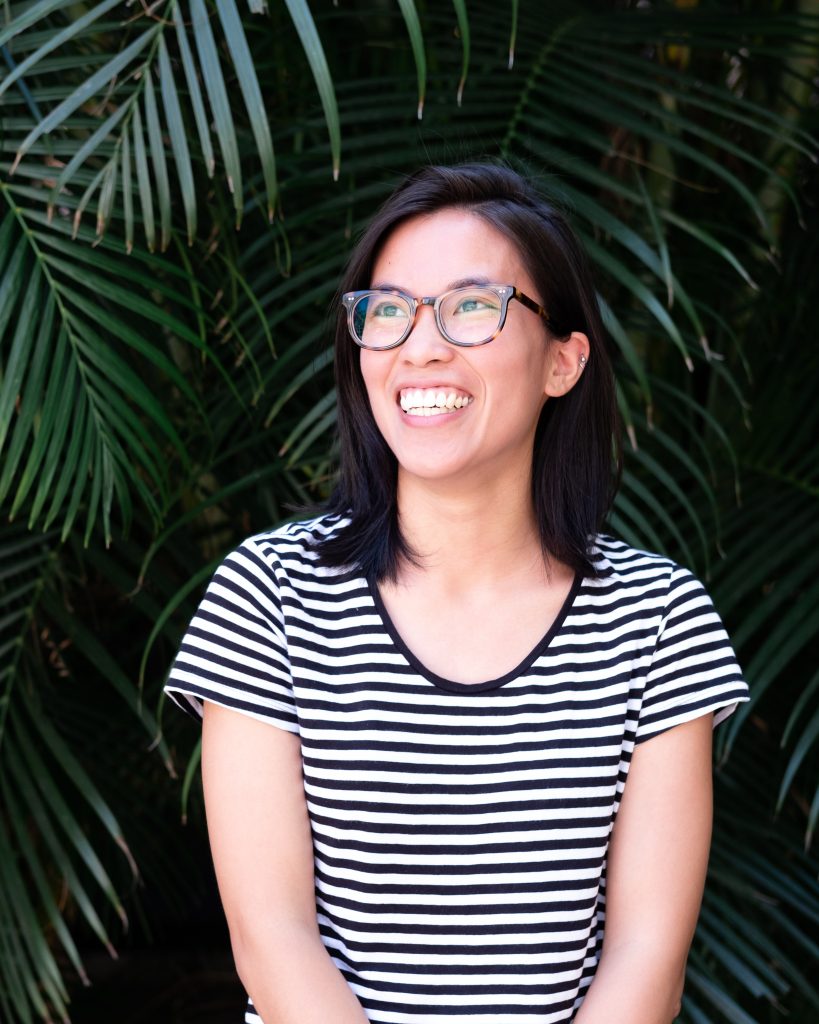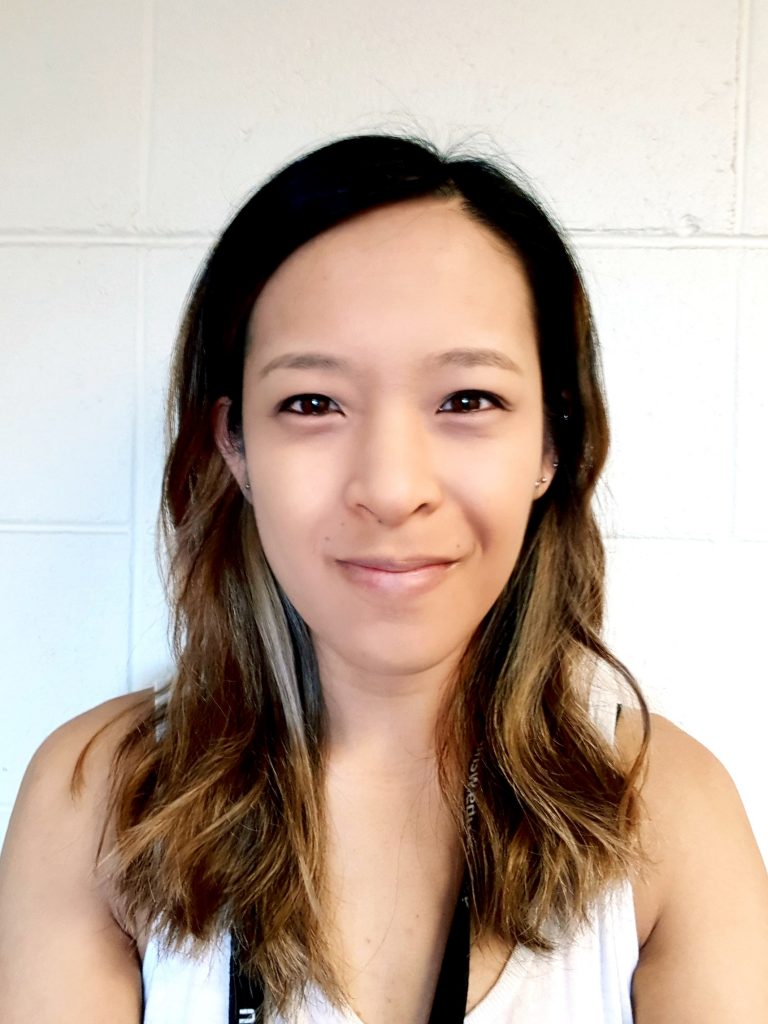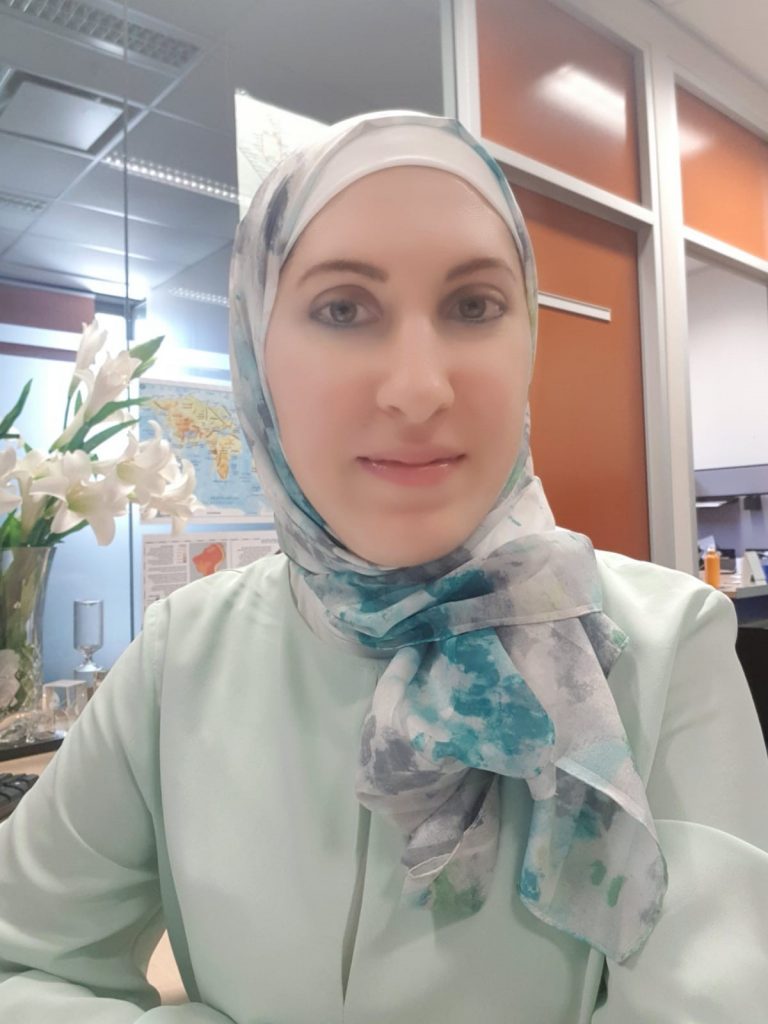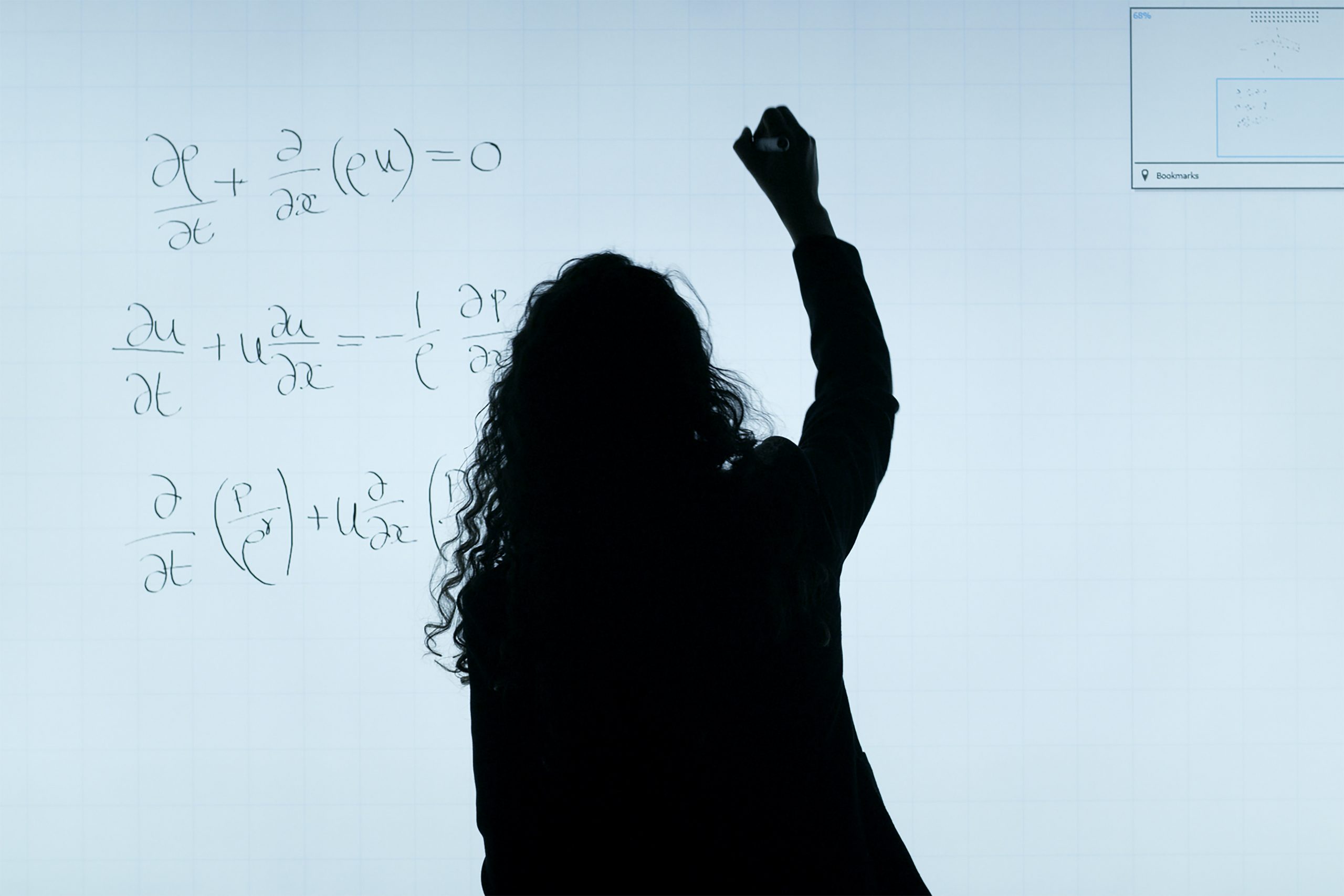By Sara Loo
Across the globe, May 12th is a day of celebration for women in mathematics. The May 12th initiative was started by several international associations that support and represent women in mathematics. It came as a response to growing awareness of the need to support and celebrate women who commit their lives to mathematical research.
May 12th was chosen to remember the birthday of Maryam Mirzakhani and recognise her as the first and only woman to date to be honoured with the prestigious Fields Medal in 2014.
The Fields Medal is awarded by the International Union of Mathematics to those under 40 who demonstrate excellence in their research and who hold immense promise for future achievement.

Mirzakhani passed away from breast cancer on July 15, 2017. But her legacy continues through this day each year as mathematicians around the world come together to recognise the women in our field.
As an applied mathematician myself, people are often surprised when they hear what my work involves. I’m usually met with a look of anxiety as people remember mathematics as a thing of their high-school days – with confusing arrays of numbers and the stress of not remembering the quadratic equation.
Why then, would I want to chase a career that is embedded in such confusion?

Mathematics is a field with broad application, and its utility pervades all of the sciences. All aspects of science have the flavour of mathematical reasoning and logic. Qualitative and quantitative research alike require tools of analysis. These are often based on mathematical and statistical theory. These tools can be used to identify patterns and significance, to investigate rates of change, and calculate costs.
To celebrate our own women in maths, we reach out to a few of our Champions to see what they say about mathematics, and why they think Women in Maths day is important.
Quantitative psychologist, Dr Jessica Lee says, “I like maths and statistics because it enables me to make sense of data and answer questions about complex psychological phenomena. I always thought that once you ran an experiment it would be obvious what the results were, but that’s often not the case.”

Mathematics is a tool of discovery and curiosity. It is investigative and helps us to ask questions we didn’t know were there originally.
Not only can mathematical analysis help us uncover the patterns beneath the surface of our data, mathematics can also help us think logically and critically. “As [I’ve learnt] more and more about different statistical techniques and computational modelling, I’ve found that it’s expanded my way of thinking about data and made me more critical of the types of conclusions that can be drawn from the evidence,” says Jessica.
Mathematics also crosses many disciplines. Early career researcher, Dr Sanaa Hobeichi, started off as a mathematics teacher in Qatar before moving to Sydney to undertake her doctorate in climate science. She is passionate about showing high school students the power of mathematics through practical use in this field.
“Mathematics is a unique tool for getting insights into the science of climate. Thanks to probability and statistics, calculus and algebra, we are able to understand how our climate is changing and how this change will impact life on earth.”

It helps us look at the past and understand how to better our future. “With its ability to… generalise, maths enables us to reconstruct the past climate, where no measurements were taken. It is the basis for the numerical algorithms that help us translate satellite measurements into meaningful information of the current climate. Maths [helps to develop] climate models [that can predict] future climate based on our current emissions and sustainability choices,” says Sanaa.
Even across the small sample of researchers that is our cohort, mathematics can be seen in many forms. Laws of geometry help shape metals, statistical theory helps uncover correlations in psychological research, logistics and network analysis help research in aviation, fluid analysis may help in optometry, probability theory helps predict how viral genes may mutate.
We continue to celebrate the breadth of our Champions’ research, and the many ways in which mathematics finds its way into their work. Recall our battle cry: “You cannot be what you cannot see.”
Numbers from the 2019 HSC highlight that only 36% of Extension 2 Mathematics students were female. Only 45% of females note interest in mathematics, compared to 56% of males. This divide only increases into higher research.
A study from 2014 showed only 23% of academic and research staff in mathematics departments were women. Another stunning study from USA note an average of 16% of PhD candidates in mathematics at five top tier universities are female. This shrinks to a shocking 7% female at senior faculty positions.
What can we do to encourage women to love maths, and stick with it?
As Jessica highlights, “Days like Women in Maths Day serve to foster a culture of diversity and inclusion by celebrating the achievements of women all around the world. It helps to break down stereotypes of traditionally male-dominated fields and provides visibility of role models that will inspire the next generation of great women in STEM-related careers.”
Sanaa adds: “Given the declining interest in maths among high-school students, celebrating maths day is a way to highlight the application of maths in the real world. Helping young students see the relevance of the subject to their lives can hopefully improve their attitudes towards maths.”
Let’s not get stuck in forcing students to memorise and learn by rote, but let’s instead stoke curiosity and provide mathematical tools that can help reveal patterns. Let’s show our students, and especially our daughters the joy of thinking creatively through mathematics. Let’s use it to unearth secrets hidden in our data. Let’s be surprised and astounded by what we see.
The ARC Centre of Excellence for Mathematical & Statistical Frontiers (ACEMS) last week released a number of videos from some of these women across Australia, answering why they love mathematics – take a look at what some of these women had to say.

